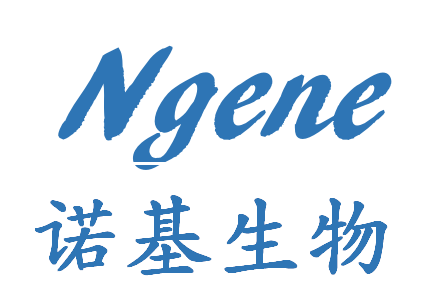转录因子 VvbHLH92 负调控葡萄藤中水杨酸介导的原花青素生物合成
Scientia Horticulturae ( IF 3.9 ) Pub Date : 2025-01-29 , DOI: 10.1016/j.scienta.2025.113989
Changmei Liang , Wenjing Ge , Yuyu Feng , Meijie Wang , Shuwen Zan , Huanhuan Xie , Fengchan Yu , Pingyin Guan , Jinjun Liang , Pengfei Wen
原花青素 (PAs) 是葡萄藤中必不可少的次生代谢产物,它不仅决定果实的品质,还参与植物抗性代谢,在调节植物抗逆性方面起着至关重要的作用。我们实验室以前的研究表明,SA 处理后葡萄叶中原花青素的含量呈增加和减少的趋势。然而,原花青素生物合成的负调控机制很少被报道。本研究以'枣荷包'葡萄品种为试验材料,通过VvbHLH家族的生物信息学分析、与SA的孵育、基因的过表达和RNA干扰、酵母单杂交测定和双荧光素酶等方法,探讨转录因子VvbHLH92在PAs通路中的作用。VvbHLH 家族的生物信息学和启动子分析显示,VvbHLH92 可能参与类黄酮代谢和响应 SA 的调节。葡萄藤叶片中原花青素的积累和VvLAR1、VvLAR2、VvANR和VvANS的表达在3 h内提高了0.5 mmol·L−1 SA 溶液。然而,3 h后原花青素及其相关基因的含量降低,VvbHLH92的表达得到促进。葡萄叶片中 VvbHLH92 过表达显示 PA 含量以及 VvANR 和 VvANS 表达显著降低。同时,VvbHLH92 过表达叶片中 (-)-表儿茶素的含量降低,相反,(+)-儿茶素的含量显著增加。 VvbHLH92-RNAi 导致葡萄叶片中 PAs 含量显著增加,VvANR 和 VvANS 表达显著升高,提高了 (-)-表儿茶素含量,降低了 (+)-儿茶素含量。酵母单杂交法和双荧光素酶法显示,VvbHLH92 可直接抑制 VvLAR1 、 VvLAR2 、 VvANR 的启动子活性,抑制 VvANS 的启动子活性。综上所述,VvbHLH92 主要通过下调 VvANR 和 VvANS 的表达来减少 (-)-表儿茶素的合成,然后在 SA 诱导的 PAs 减少过程中减少 PAs 的积累。
Transcription factor VvbHLH92 negatively regulates salicylic acid mediated proanthocyanidins biosynthesis in grapevine
Proanthocyanidins (PAs) are essential secondary metabolites in grapevine, which not only determine the fruit quality but also participate in plant resistance metabolism and plays a vital role in regulating plant stress tolerance. The previous research in our laboratory showed that the contents of proanthocyanidins tended to increase and decrease by SA treatment in grape leaves. However, the mechanism of negative regulation of proanthocyanidin biosynthesis has rarely been reported. In this study, we proposed to use ' Zaoheibao' grape cultivar as the test material to investigate the role of transcription factor VvbHLH92 in the PAs pathway through the bioinformatics analysis of the VvbHLH family, incubation with SA, overexpression and RNA interference of the gene, the yeast one-hybrid assay, and dual-luciferase. Bioinformatics and promoter analysis of the VvbHLH family revealed that VvbHLH92 may be involved in both flavonoid metabolism and regulation in response to SA. The accumulation of proanthocyanidins and the expression of VvLAR1, VvLAR2, VvANR, and VvANS were improved in grapevine leaves within three hours by 0.5 mmol·L−1 SA solution. Nevertheless, the content of proanthocyanidin and its related genes were decreased at the three hours later, and the expression of VvbHLH92 was promoted. VvbHLH92 overexpression in grape leaves showed a significant reduction in the content of PA and the expression of VvANR and VvANS. At the same time, the content of (-)-epicatechin was reduced in the VvbHLH92 overexpressed leaves, on the contrary, the content of (+)-catechin was significantly increased. VvbHLH92-RNAi resulted in significantly increased content of PAs, significantly higher expression of VvANR and VvANS, and improved the content of (-)-epicatechin and decreased the content of (+)-catechin in grape leaves. The yeast one- hybrid assay and dual-luciferase assay showed that VvbHLH92 could directly inhibit the promoter activities of VvLAR1, VvLAR2, VvANR, and inhibit the promoter activity of VvANS. In summary, VvbHLH92 mainly reduced (-)-epicatechin synthesis by down-regulating the expression of VvANR and VvANS, then decreased PAs accumulation during SA-induced reduction of PAs.

